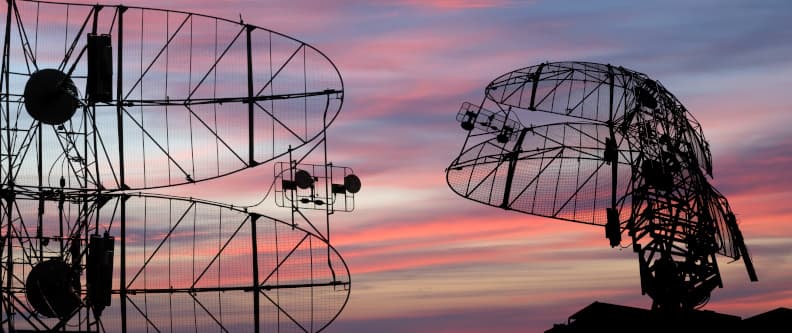
Kalman filters have been extremely useful in applications. Paul Zarchan and Howard Musoff say in the preface to their book on Kalman filtering
With the possible exception of the fast Fourier transform, Kalman filtering is probably the most important algorithmic technique ever devised. (Emphasis added)
Kalman filters helped put men on the moon and probes into space. They also help you know how much charge is left on your cell phone battery. They’re the most successful technique in control theory.
Why are Kalman filters so powerful?
What makes Kalman filters so powerful? One reason is that they combine analytical models (typically differential equations) and probabilistic models. Filters assume that models and measurements are both imperfect and can be combined to be more accurate than either alone.
Another reason is efficiency. The Kalman filter uses a clever recursive procedure, saving compute time and memory. This makes it useful in embedded applications and was especially useful in early applications such as the Apollo mission where computational resources were very limited.
Generalizations of Kalman filters
The theory behind Kalman filters assumes linear relations and Gaussian noise, though they can be robust to violations of these assumptions. (The Kalman filter is a conjugate Bayesian model, though this wasn’t recognized until some time after the algorithm was published.)
When equations are strongly nonlinear, you have to use generalizations such as extended Kalman filters (EKF), unscented Kalman filters (UKF), and particle filters. These extensions are applicable to very wide class of problems but require more skill to formulate well.
Help with filtering
If you’d like to discuss applications of filtering in your project, call or email now.
Trusted consultants to some of the world’s leading companies

